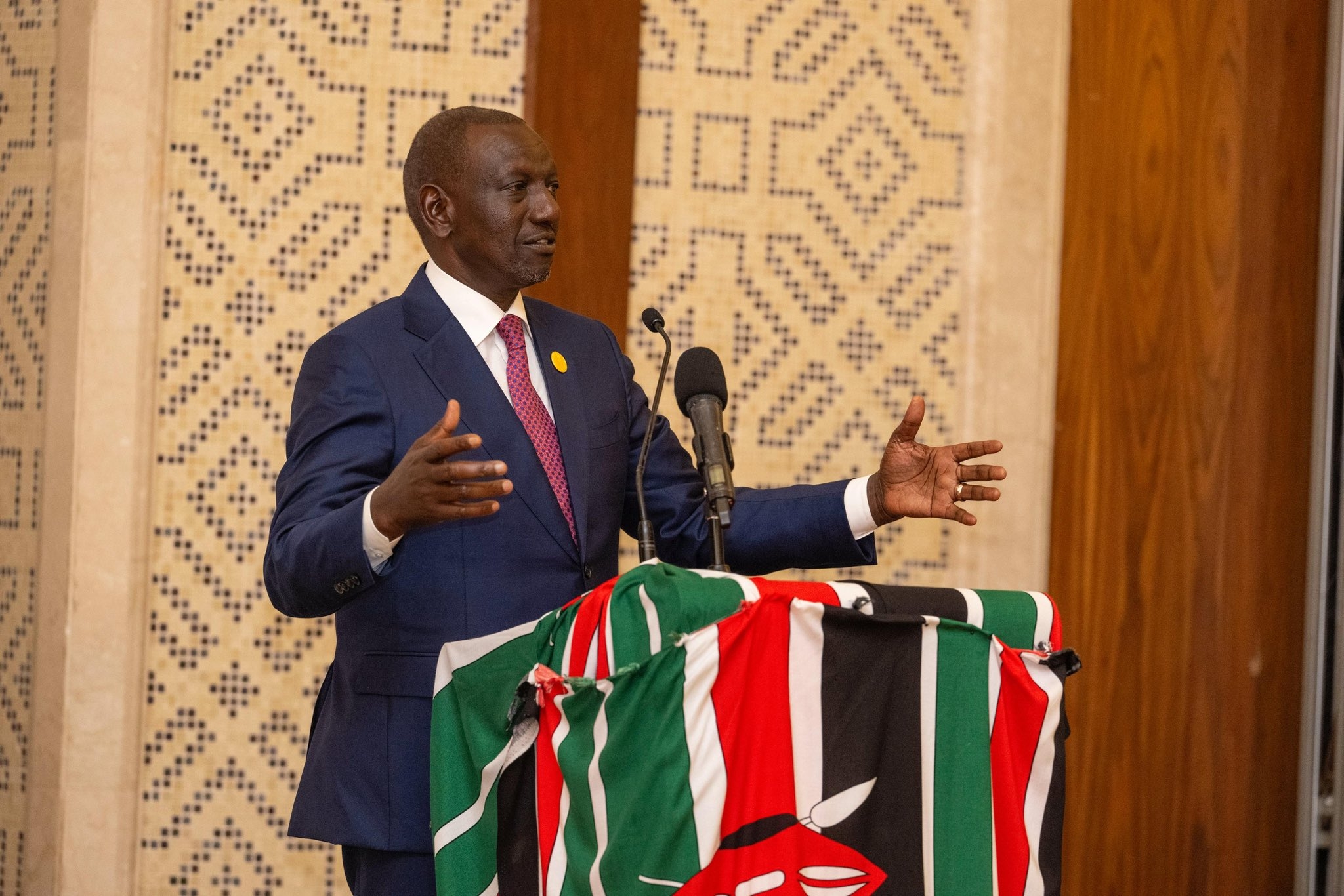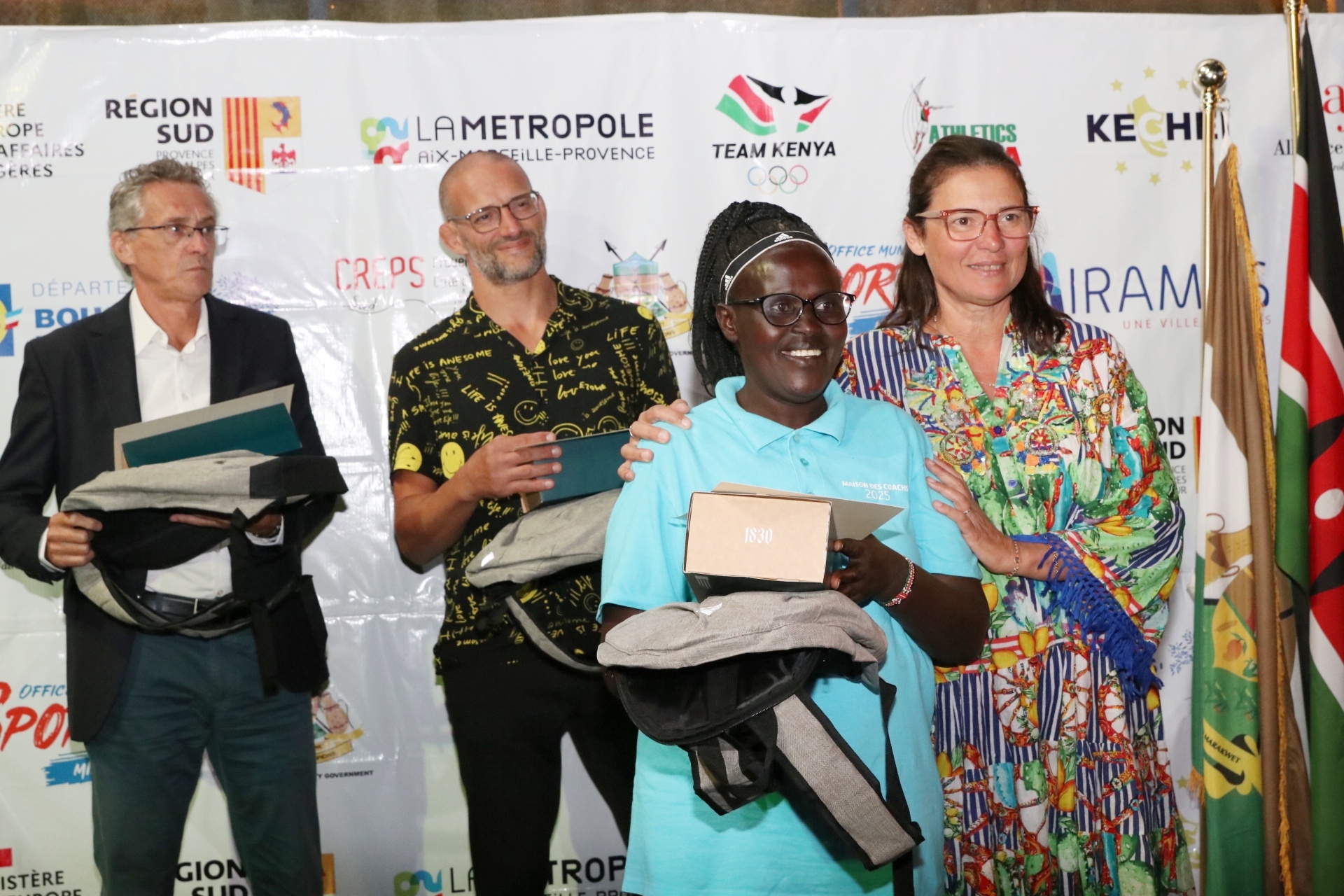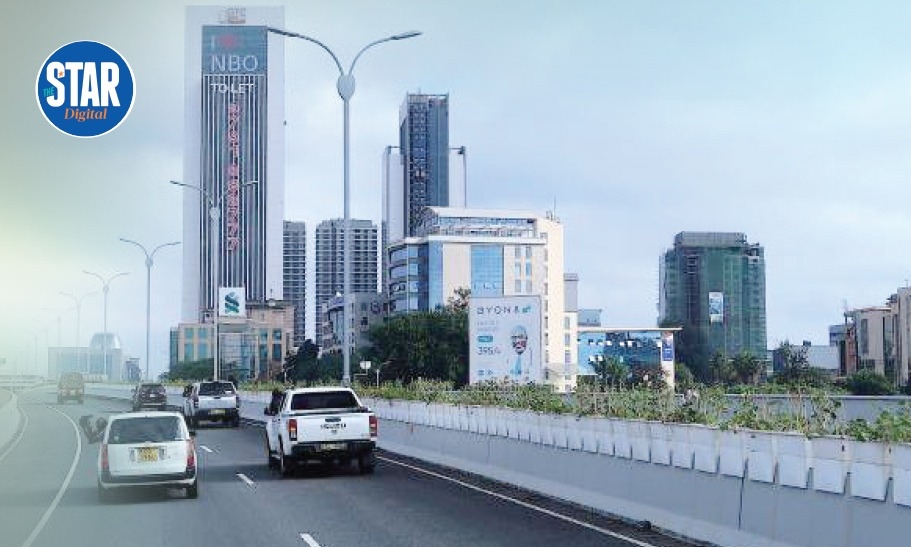 Kenya National Union of Nurses (KNUN) National Chairman Joseph Ngwasi and Secretary General Seth Panyako lead other members during a press briefing on the nationwide strike at Best Western Meridian Hotel, Nairobi on June 27, 2025/LEAH MUKANGAI
Kenya National Union of Nurses (KNUN) National Chairman Joseph Ngwasi and Secretary General Seth Panyako lead other members during a press briefing on the nationwide strike at Best Western Meridian Hotel, Nairobi on June 27, 2025/LEAH MUKANGAI
By the time healthcare professionals collectively decide to down their tools, it is often a sign that many have been suffering in silence for a long time.
This brings to the fore an urgent and under-addressed challenge within the health sector, silent burnout. Silent burnout is a gradual, often invisible form of exhaustion where individuals continue to perform and appear productive while internally feeling drained, unmotivated, and emotionally numb.
Unlike traditional burnout, it does not erupt suddenly; it creeps in quietly as workers suppress the signs and push through their fatigue, leading to a slow erosion of energy and well-being. This challenge thrives in high-stress work environments.
Take nursing, for example, a profession defined by long shifts and constant emotional and physical demands. Hospitals are rarely calm spaces; emergencies arise at any hour, patients require constant monitoring, and medication routines often extend deep into the night. Without structured staffing and adequate rest schedules, nurses inevitably bear the brunt of exhaustion.
A 2024 Gallup Global Workplace Report notes that healthcare is among the top sectors experiencing chronic fatigue and disengagement, with “quiet quitting” emerging as a symptom of widespread burnout. Similarly, the World Health Organization’s 2023 report on the State of the Health Workforce warns that sustained overwork and emotional strain are driving high attrition rates among nurses globally.
A 2024 National Institutes of Health (NIH) meta-analysis further revealed that 74.3% of nurses identified as “quiet quitters,” with heavier workloads directly linked to higher levels of disengagement and burnout. Quitting is often a last resort. Burnout shows up subtly, through emotional numbness, persistent fatigue, loss of motivation, and withdrawal from social and professional engagement.
Many healthcare workers convince themselves that it is “just a rough week” and push through, masking distress until the damage is deep. Sustained stress without adequate recovery is one of the leading causes of silent burnout.
It is fueled by a high-achiever mentality, the constant pressure to perform, to deliver, and to remain resilient at all costs. Toxic workplace cultures that glorify busyness and undervalue rest compound the problem, creating environments where exhaustion becomes normalised and self-care is seen as weakness.
Silent burnout is the quiet cry of those who give everything to heal others while forgetting to heal themselves. Cognizant of this, organisations must become intentional about creating environments where healthcare workers can pause, speak, and heal.
Caring for the caregiver is just as vital as caring for the patient. Locally, Kenya has not been spared from this reality. Episodes of healthcare worker strikes and ongoing public appeals for fair workloads, adequate staffing, and psychological support reflect a workforce stretched to its limits.
Nurses and other frontline professionals remain deeply committed to serving, yet many continue to grapple with overwhelming caseloads and emotional fatigue. While meaningful steps have been taken to improve working conditions, more sustained and comprehensive action is required to fully support the very professionals who keep our health system functioning.
This starts with ensuring manageable workloads, proper staffing levels, and systems that discourage chronic overtime. Equally vital, and often overlooked, is mental health support. Institutions must invest in counseling services, peer-support programs, and open conversations around well-being that create safe spaces for vulnerability and emotional recovery.
Leadership training is equally vital to ensuring managers can recognize early signs of burnout and foster empathetic, supportive environments. When this is implemented consistently, institutions can experience a genuine cultural shift, one that normalizes seeking help, taking rest, and discussing stress without stigma.
Recognising and rewarding the emotional labor of healthcare workers can help rebuild morale and motivation. In addition, sustained policy advocacy is essential to secure government and institutional commitment toward protecting the mental health of those who dedicate their lives to caring for others.
The Kenya Health Workforce Report 2023 by the Ministry of Health already underscores this need, calling for improved welfare systems and psychological support frameworks for frontline medical staff.
Silent burnout does not happen overnight; it grows quietly beneath layers of duty, sacrifice, and dedication.
Recognising it early and building systems that support recovery can help healthcare workers not only survive in their roles but thrive as they continue to care for others.
Kenya cannot afford a healthcare workforce that is present
in uniform but absent in spirit. Because in the end, those who care for the
nation deserve more than applause; they deserve protection, investment, and
unwavering support.
Margaret Muiyuro is the director of Nursing Services at The Nairobi Hospital.
















